Using technology to help children learn better
Technology can be a powerful tool for helping children learn better. However, it’s essential to use technology responsibly and ensure that children still have plenty of hands-on learning and social interaction opportunities.
The National Education Policy 2020 (NEP 2020) acknowledges the transformative power of technology in education and emphasizes its significance for raising educational standards and expanding access.
NEP 2020 highlights-Technology adoption in education
The NEP 2020 strongly emphasizes the necessity of incorporating technology into every facet of education, from instruction and learning to administration and assessment.
This policy highlights several significant ways that technology can be applied to enhance education, including:
Digital infrastructure: Building a solid digital infrastructure is important to support online education and other efforts in education that are supported by technology, according to the NEP 2020.
Online and blended learning: The policy promotes utilizing online and blended learning models to broaden educational access, particularly in off-the-grid and underprivileged communities.
Online and blended learning: The policy promotes utilizing online and blended learning models to broaden educational access, particularly in off-the-grid and underprivileged communities.
Adaptive instruction: The NEP 2020 acknowledges the potential of adaptive learning to personalize learning and address unique needs and capacities.
Artificial intelligence: The policy also emphasizes how this technology may help students learn better by automating administrative work and giving them personalized feedback.
Distance education: Technology has completely changed how education is delivered, enabling students to learn anytime, anywhere.
The benefit of distance learning is that it enables students to access learning resources and engage in educational activities without being in a classroom. Technology allows this flexibility by allowing students to communicate with teachers and their peers through various online platforms and tools.
SETU is a technology-enabled platform that helps in nurturing the students and assists teachers and students in taking part in the teaching-learning process interactively.
Expanding practice opportunities: Educators come and complete their lessons, but learners who have yet to grasp the topics fully might find it difficult to complete the assignments. Technology may enhance the standard of learning by giving students more opportunities to practice and revise the topics that the educator has taught in the class.
Increasing learner engagement: Technology can increase learner engagement in various ways. Using interactive and multimedia content such as videos, simulations, and gamification can increase learner engagement by providing an immersive learning experience that captures their attention.
To fully involve the children in their academics, SETU assists in delivering gamified learning.
How NEFT increases the adoption of technology in education?
The National Educational Technology Forum (NETF) should be established, according to the National Education Policy 2020, to provide a forum for debating the use of technology in education and formulating plans to increase its effectiveness.
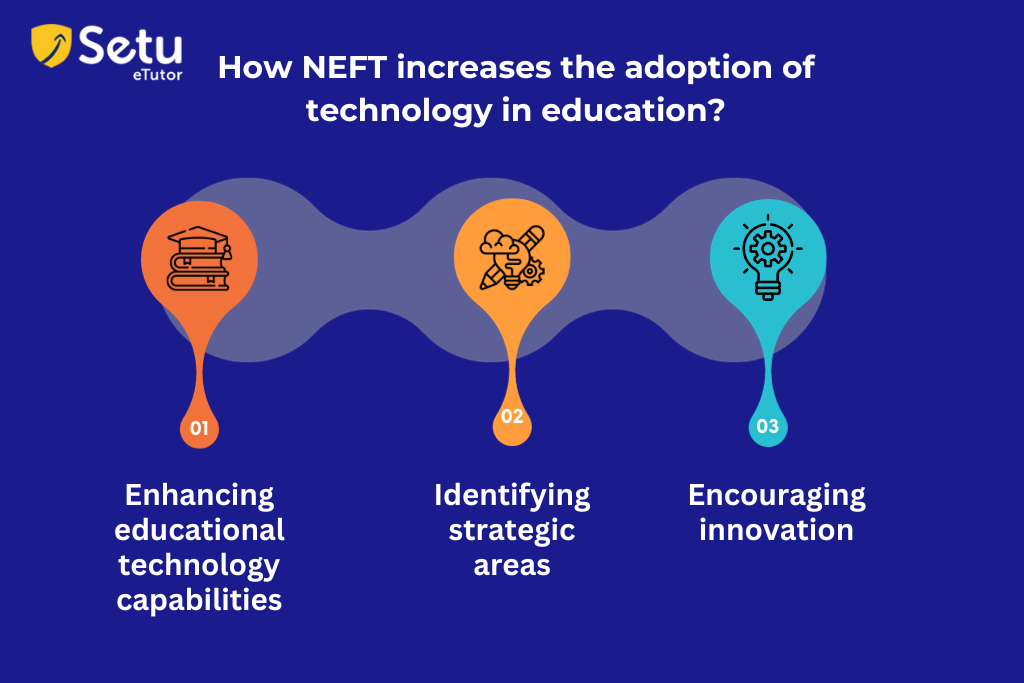
The NETF will be an independent organization that brings together professionals, decision-makers, and educators to discuss ideas and best practices for utilizing technology in education. According to the policy, the NETF’s primary responsibilities are:
Enhancing educational technology capabilities: The NETF will endeavor to improve the knowledge, abilities, and practices of teachers and administrators in the efficient use of technology in instruction, learning, and management.
Identifying strategic areas: The NETF will identify important strategic domains, such as personalized learning, teacher professional development, and evaluation, where technology can have the most significant influence on education.
Encouraging innovation: The NETF will support research and innovation in educational technology, including the creation of new tools, applications, and pedagogical strategies.
How NEP focuses on technology adoption in children?
Here are a few features of how NEP emphasizes technology adoption.
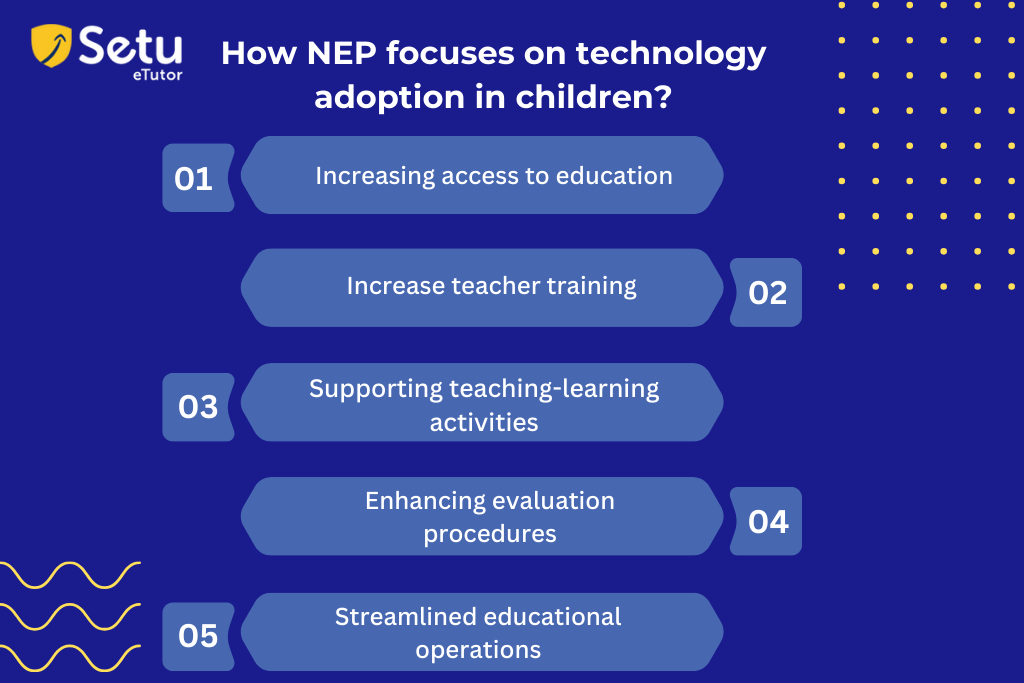
The National Education Policy 2020 (NEP 2020) focuses on using technology to enhance student learning and modernize the Indian educational system. Through technology interventions, the strategy aims to increase educational access, support teacher preparation and professional growth, improve teaching-learning and evaluation procedures and streamline educational planning and management.
As stated in the policy, some of the principal methods for utilizing technology to fulfill these goals include:
- Increasing access to education: Technology can give students in remote and underserved places a high-quality education.
- Increase teacher training: Increasing options for ongoing training and professional development for teachers, including online workshops and courses, is possible with the help of technology.
- Supporting teaching-learning activities: Technology can improve teaching and learning activities by offering interactive learning resources, virtual simulations, and individualized learning experiences.
- Enhancing evaluation procedures: Technology can improve evaluation procedures and tools, such as online tests and automated grading.
- Streamlined educational operations: Education planning and management can be made more efficient through technology, improving stakeholder communication and collaboration.
Wrapping up:
The NEP 2020 aspires to use technology to increase educational access, quality, and learning outcomes for all students while acknowledging its role in changing India’s educational system
SETU leverages the technology and helps the children understand and learn the concepts, better than previous.





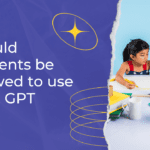
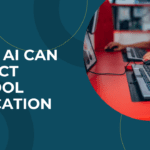
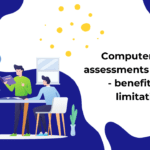
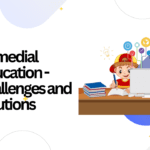
Leave a reply